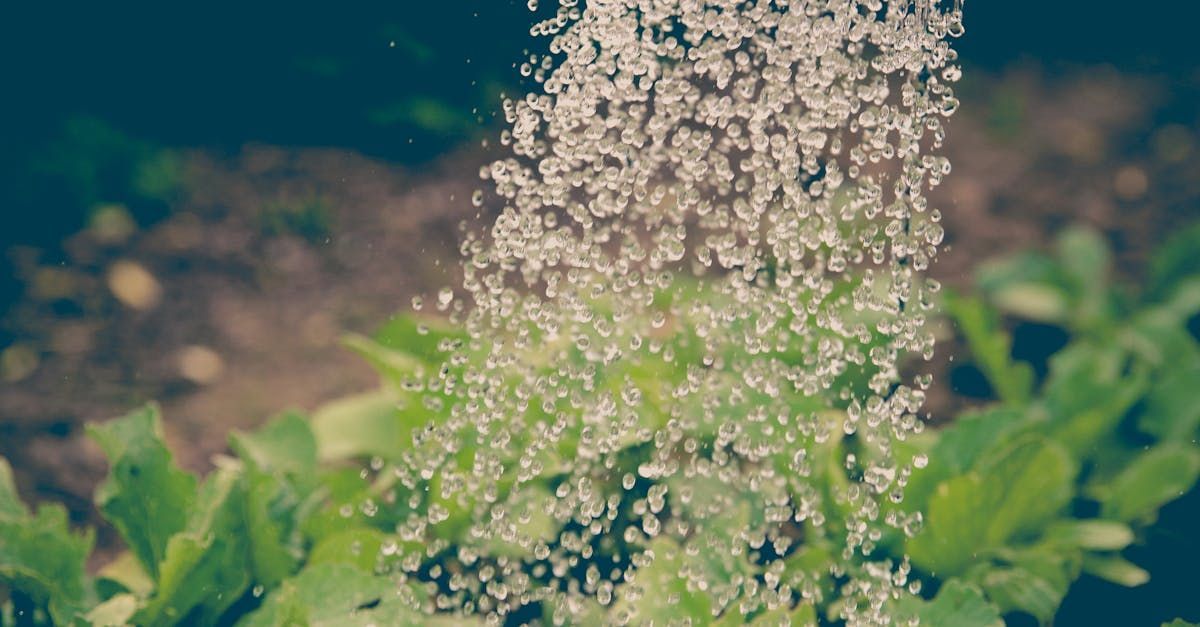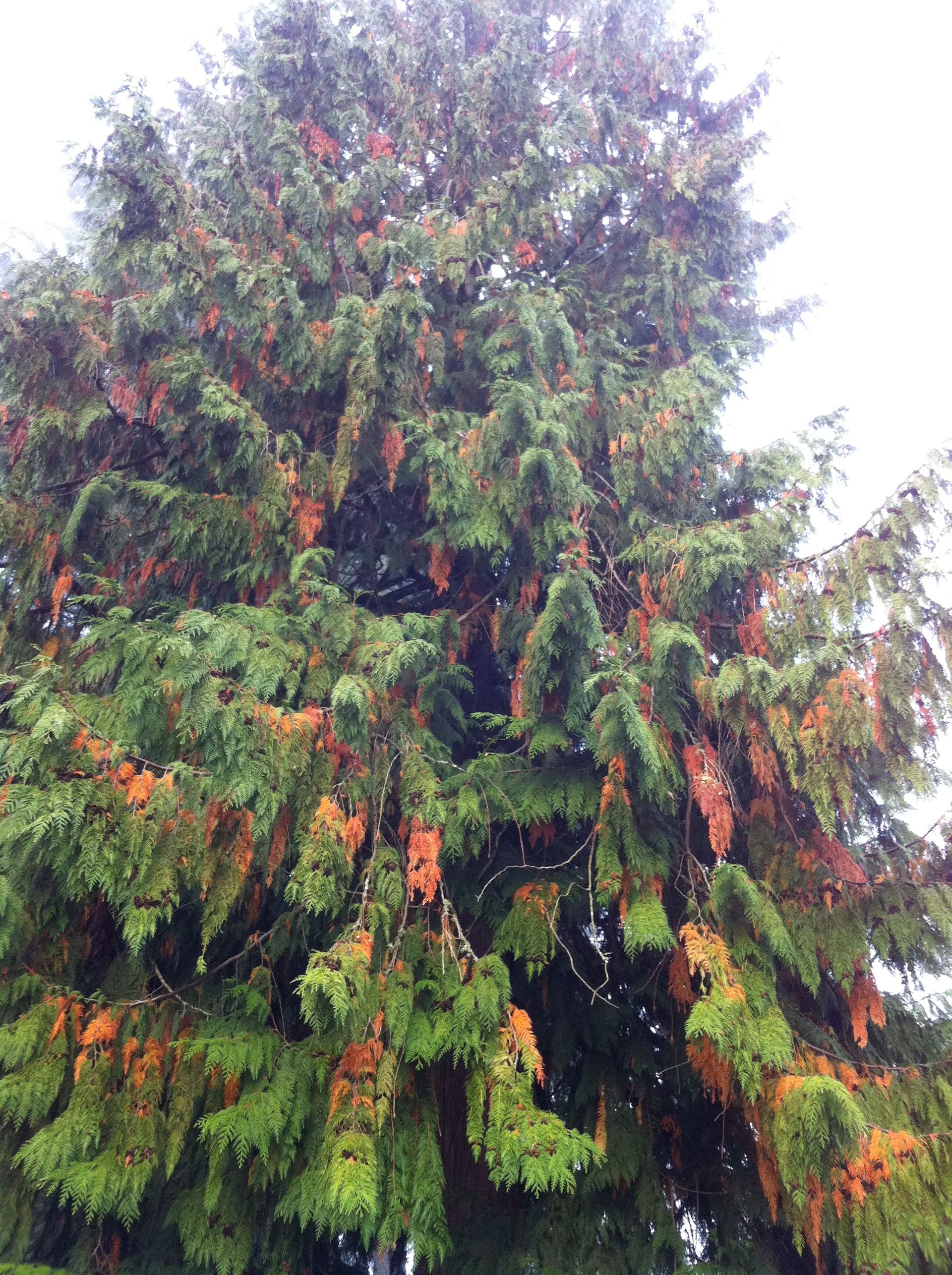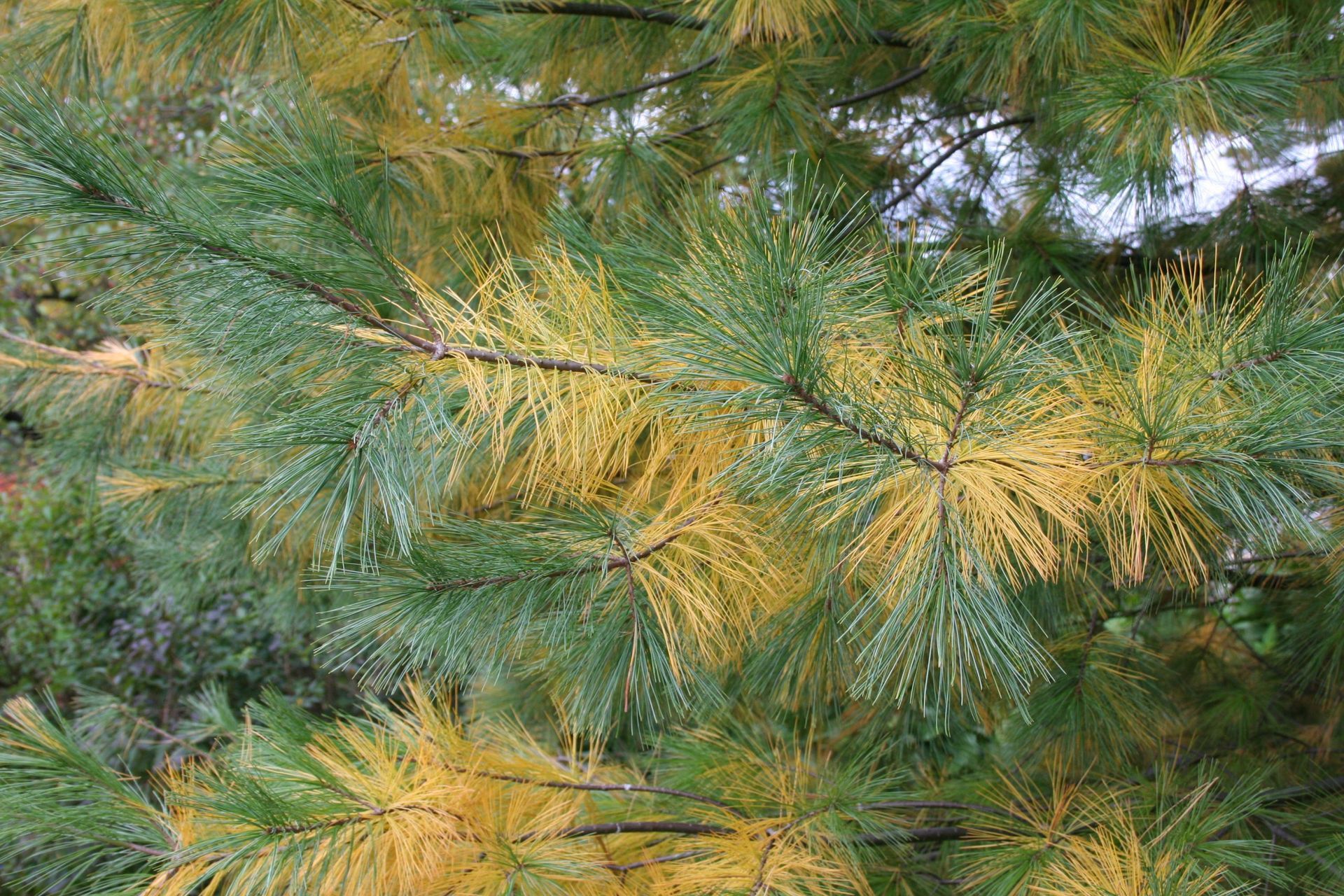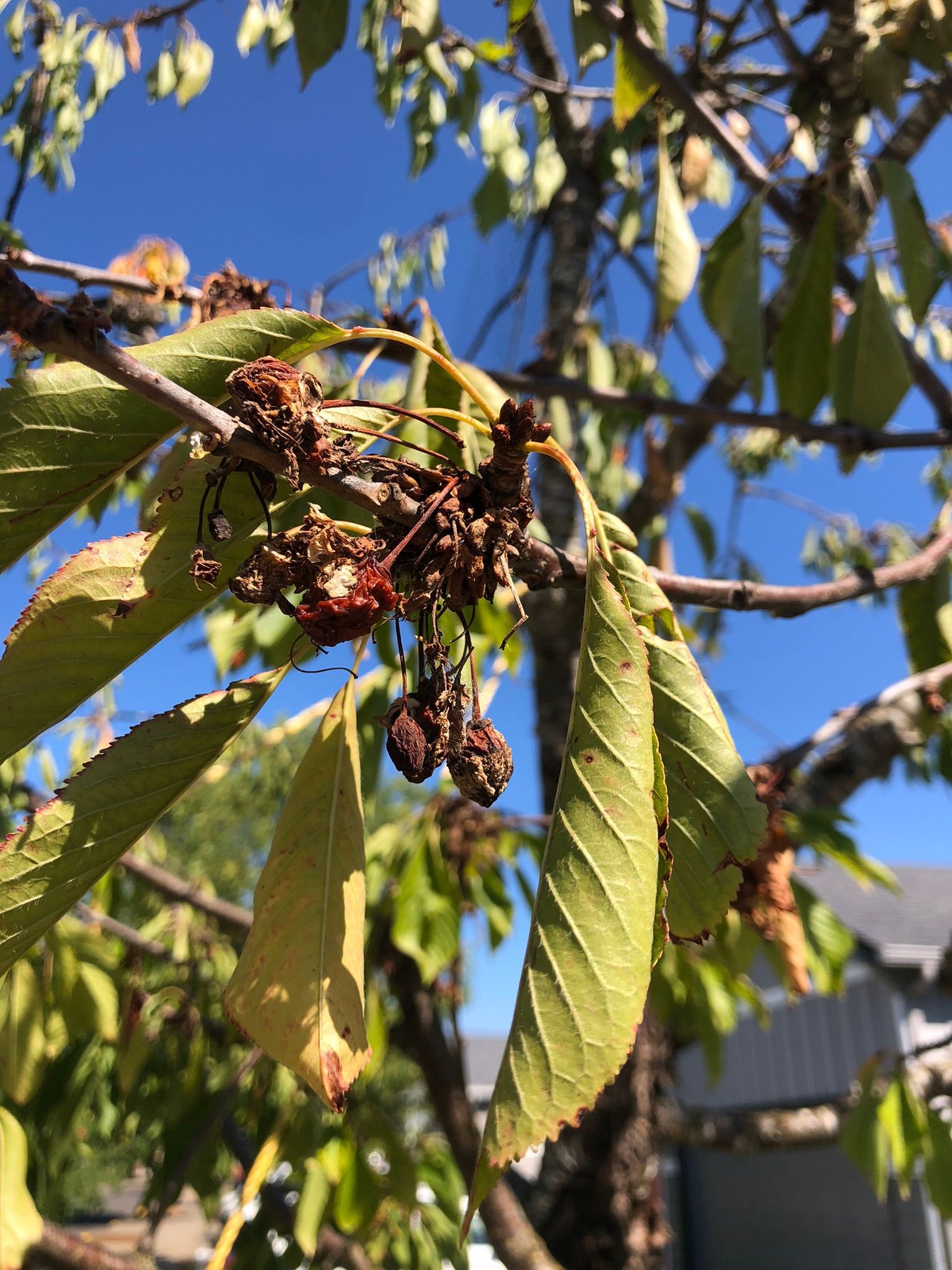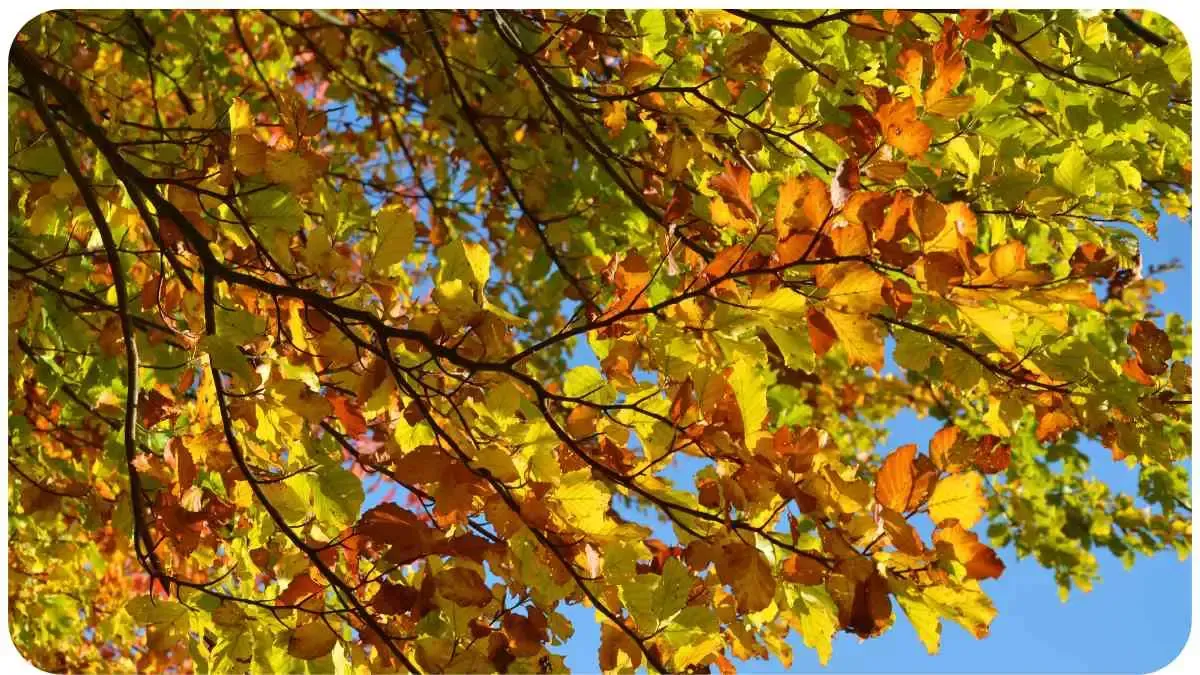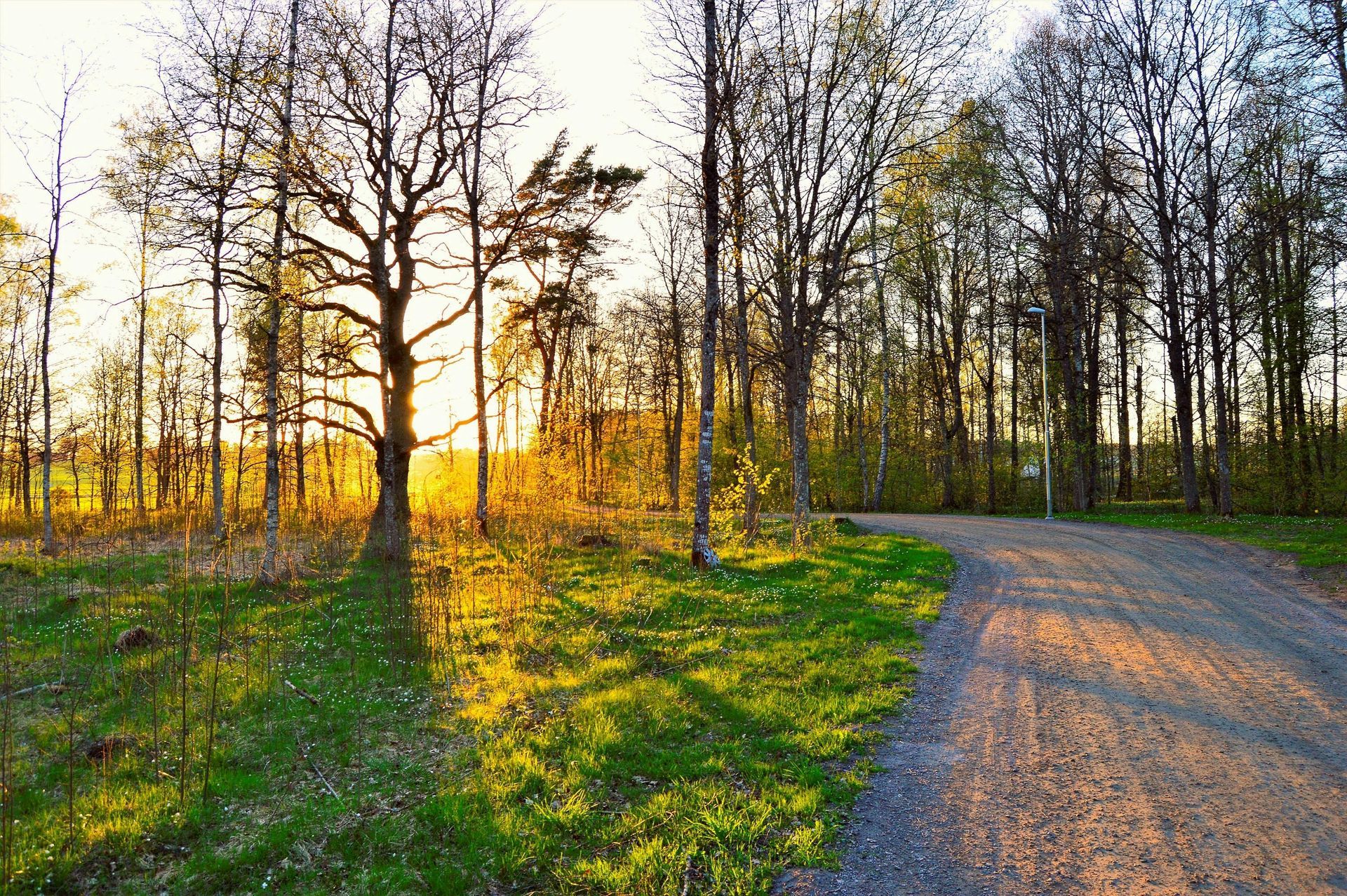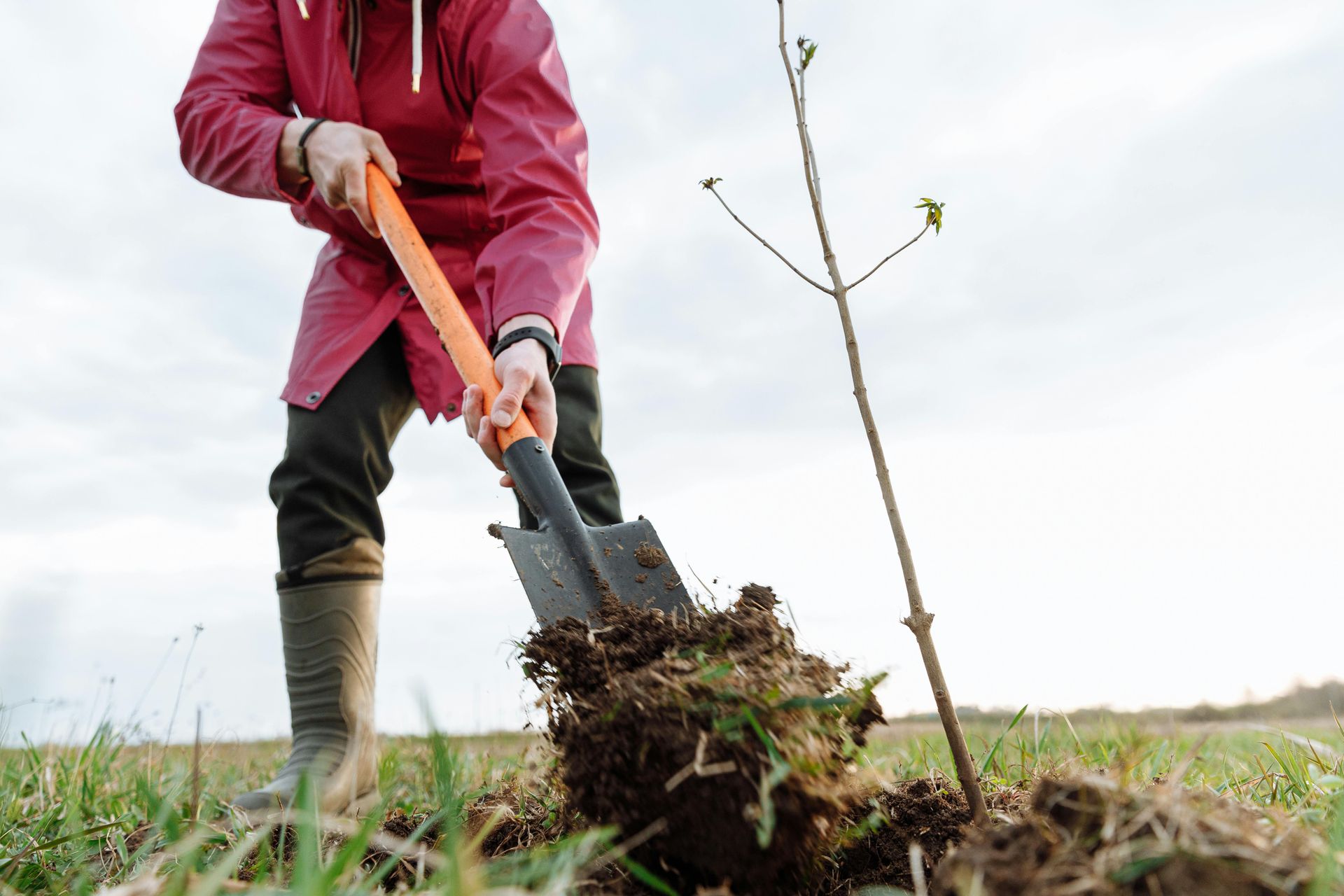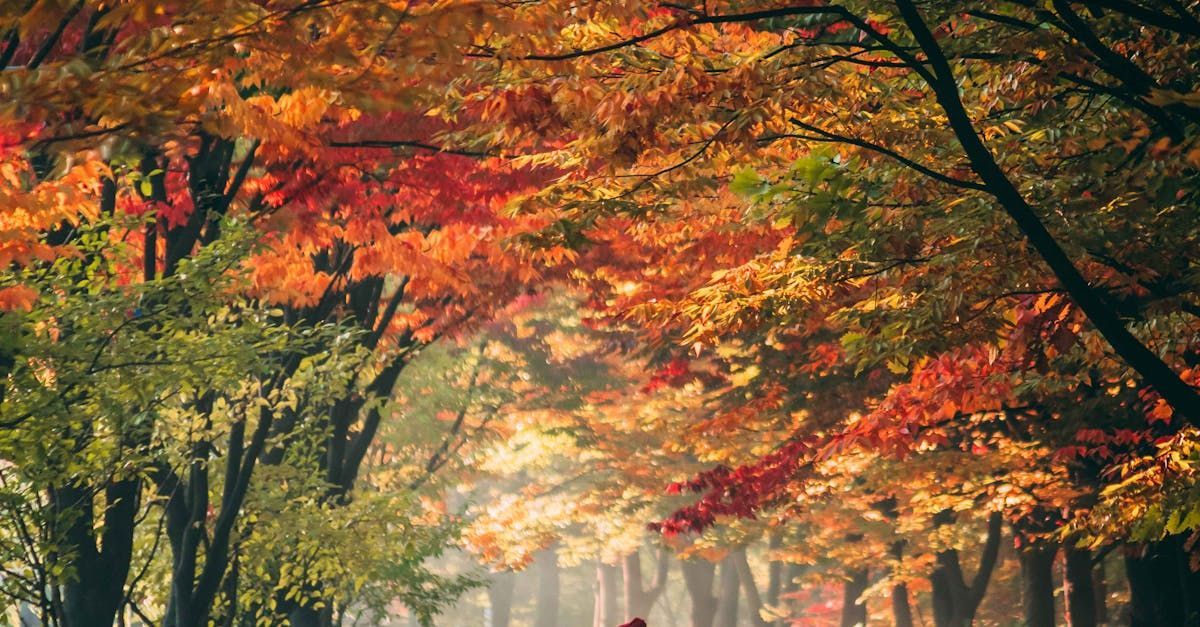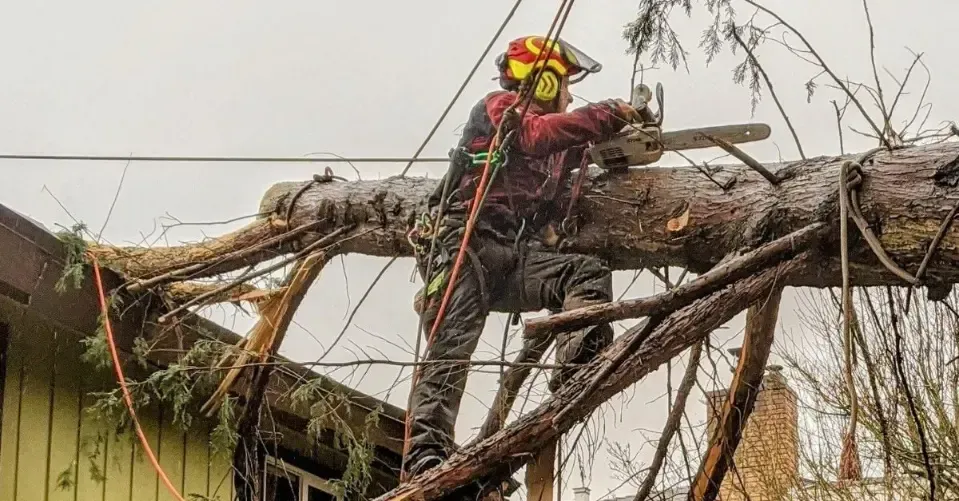Guide to Watering Trees of the Pacific Northwest
The Essential Guide to Watering Trees in the Pacific Northwest
Introduction
The Pacific Northwest (PNW) is renowned for its lush landscapes, verdant forests, and a climate that seems to naturally support a wide variety of tree species. However, despite the region's reputation for ample rainfall, trees in the PNW can still experience water stress, especially during the increasingly common dry spells. Understanding the importance of proper watering, recognizing the signs of water stress, and knowing how, when, and how much to water are crucial for maintaining healthy trees in this unique environment.
The Importance of Water for Trees
Water is fundamental for trees, serving as a critical component in photosynthesis, nutrient transport, and cellular processes. In the Pacific Northwest, trees depend on both soil moisture and atmospheric moisture to thrive. However, even in this seemingly wet region, trees can suffer from water deficiencies due to factors like soil type, tree species, and seasonal variations. Proper watering helps maintain tree health, encourages deep root growth, and increases resilience to pests, diseases, and environmental stressors.
Signs of Water Stress in Trees
Recognizing the signs of water stress is essential for early intervention. Here are some common indicators:
1. Needle Flagging: Needle flagging refers to the browning and dropping of needles, particularly in conifers like pine, cedar and fir trees. This is a common sign of water stress, where the tree sheds its older needles to conserve water for newer growth.
2. Leaf Wilting and Curling: Broadleaf trees often display wilting, curling, or browning of leaves when they lack sufficient water. This is a defense mechanism to reduce water loss through transpiration.
3. Leaf Scorch: Leaf scorch manifests as browning along the edges of leaves, typically due to insufficient water or salt buildup in the soil.
4. Premature Leaf Drop: Trees may prematurely shed their leaves to reduce water loss, a phenomenon particularly noticeable in deciduous species.
5. Reduced Growth: Water-stressed trees may exhibit stunted growth, fewer new shoots, and reduced leaf size.
6. Cracked or Scorched Bark: Severe water stress can cause bark to crack or become scorched, making the tree more susceptible to pests and diseases.
How to Water Trees in the Pacific Northwest
Proper watering practices are vital for maintaining healthy trees. Here's a comprehensive guide on how to water trees effectively:
1. Watering Techniques:
- Deep Watering: Deep watering encourages roots to grow deeper into the soil, improving drought resistance. Use soaker hoses or drip irrigation systems to deliver water slowly and deeply. This method prevents runoff and ensures that water reaches the root zone.
-Watering Basins: Create a shallow basin around the tree's drip line to collect water and direct it towards the roots. This is especially useful for young trees with developing root systems.
- Mulching: Apply a 2"-4" layer of organic mulch around the tree's base, extending to the drip line. Mulch helps retain soil moisture, regulate soil temperature, and reduce weed competition. Mulch is often available for purchase or delivery from various sources, including local feed and seed stores, home improvement stores, and garden centers. Local tree services may be able to provide free or low-cost mulch delivery.
2. When to Water:
- Early Morning: Watering in the early morning reduces water loss due to evaporation and allows trees to absorb moisture before the heat of the day.
- Monitor Soil Moisture: Regularly check soil moisture by digging a small hole near the tree's root zone. If the soil feels dry 2-3 inches below the surface, it's time to water.
-Seasonal Considerations: In the PNW, late spring to early fall is the critical period for watering, as rainfall decreases and temperatures rise. Pay close attention to weather patterns and adjust your watering schedule accordingly.
3. How Much to Water:
- Young Trees: Young trees with smaller root systems require more frequent watering—about 5-10 gallons per week, depending on the species and weather conditions.
- Mature Trees: Mature trees generally need less frequent but deeper watering. A general guideline is to provide 1 inch of water per week, either through rainfall or supplemental watering. However, the actual amount can vary based on tree species, soil type, and climate.
- Soil Type Considerations: Sandy soils drain quickly and may require more frequent watering, while clay soils retain water longer and may need less frequent watering.
4. Avoid Overwatering:
- Overwatering can be as detrimental as underwatering. It can lead to root rot, nutrient leaching, and reduced oxygen availability in the soil. Ensure proper drainage and avoid watering if the soil is already moist.
Additional Tips for Tree Watering in the Pacific Northwest
1. Select Drought-Tolerant Species: When planting new trees, consider species that are naturally adapted to the PNW's climate, such as Douglas fir, Western red cedar, and Bigleaf maple. These trees are more resilient to periods of drought.
2. Regular Maintenance: Prune trees to remove dead or diseased branches, which can reduce the tree's overall water demand. Additionally, maintain a healthy lawn and garden around the tree to prevent competition for water resources.
3. Use of Rainwater Harvesting: In a region known for its rainfall, setting up a rainwater harvesting system can provide an eco-friendly and cost-effective way to water your trees during dry periods.
4. Monitor Local Water Restrictions: During times of drought, local governments may impose water restrictions. Stay informed about these regulations to ensure compliance while still providing adequate care for your trees.
5. Consult with an Arborist: For trees showing severe signs of water stress or if you're unsure about proper watering techniques, consult with a certified arborist. They can assess the tree's health and provide personalized advice.
Conclusion
In the Pacific Northwest, where the climate can be unpredictable, understanding and managing the water needs of trees is crucial for their health and longevity. By recognizing the signs of water stress, implementing effective watering techniques, and adjusting practices based on seasonal and environmental factors, you can ensure that your trees thrive in this beautiful region. Whether you're a homeowner, gardener, or tree enthusiast, investing time and effort into proper tree care will yield long-term benefits, from vibrant foliage to a thriving ecosystem. Keep your trees healthy and hydrated, and enjoy the natural beauty they bring to the PNW landscape.



